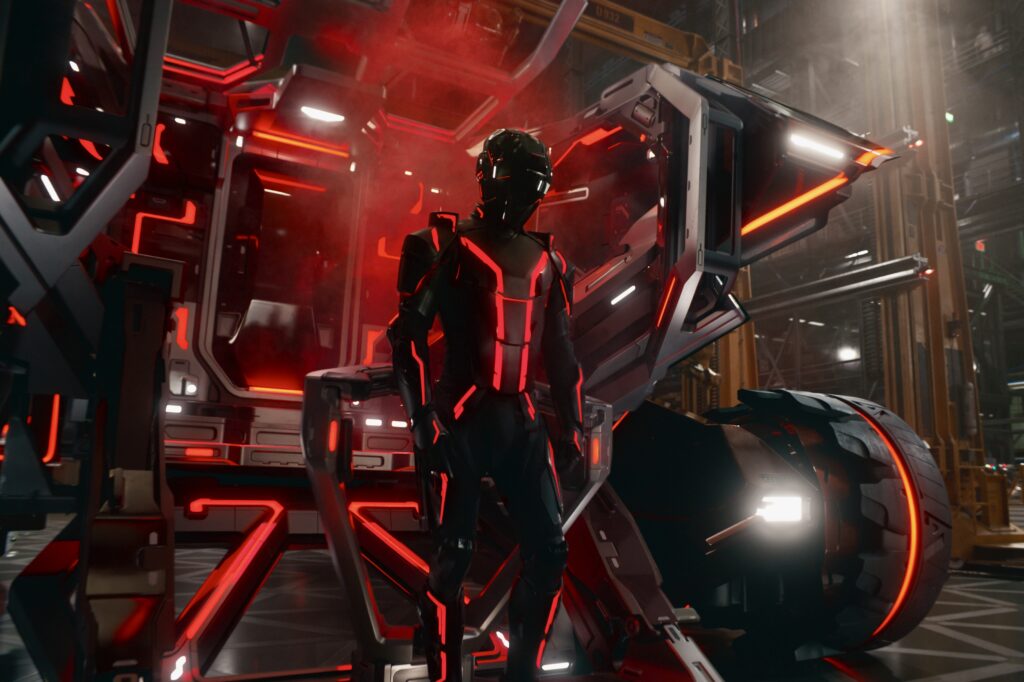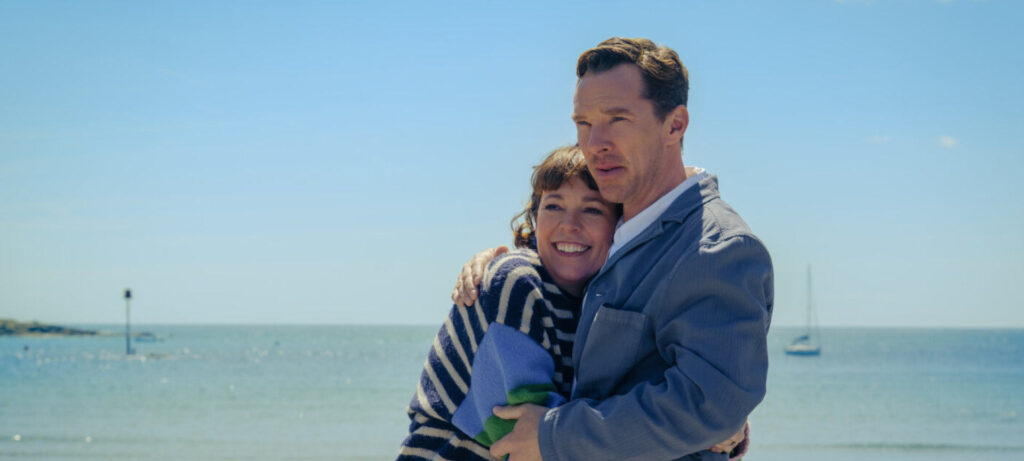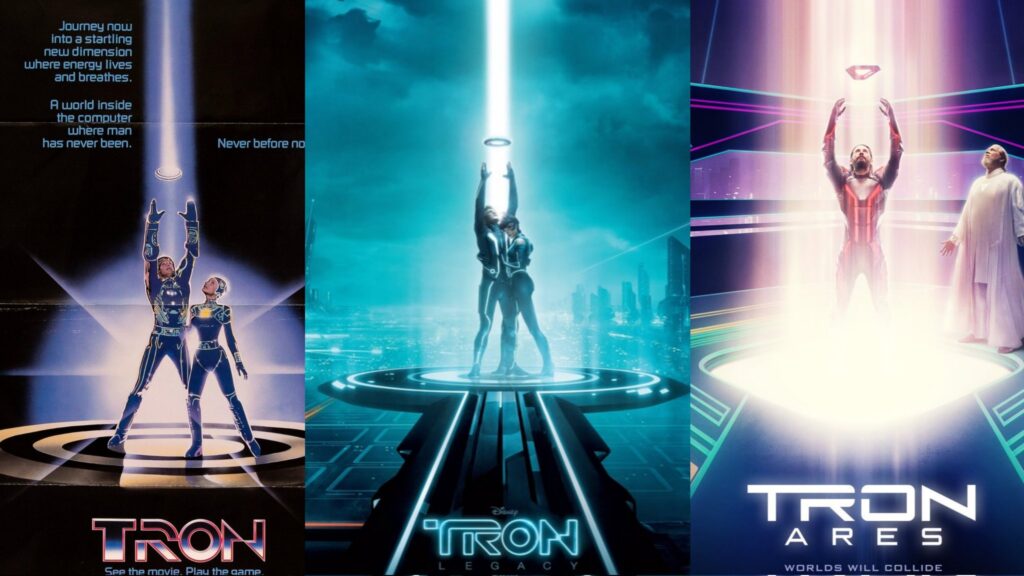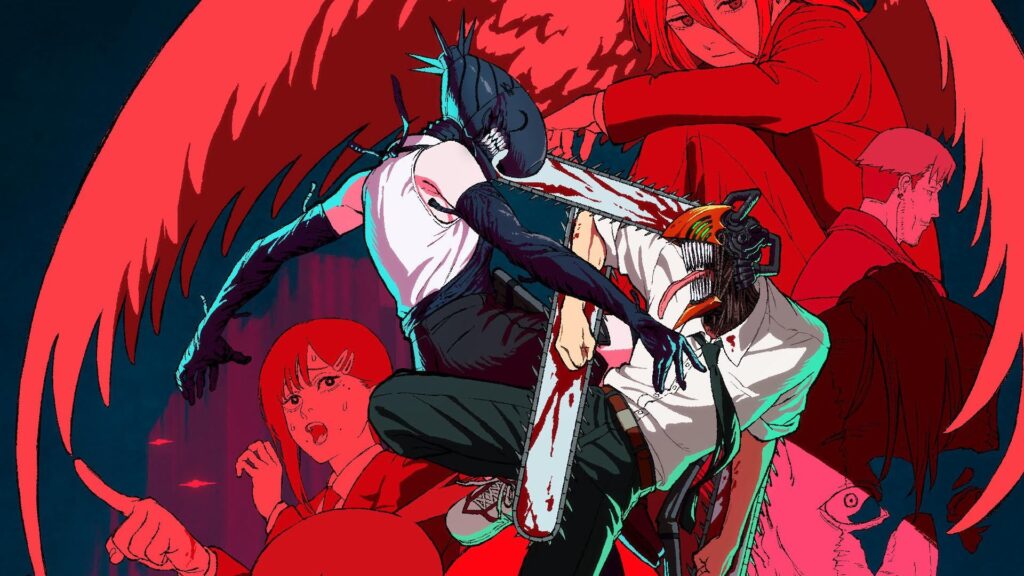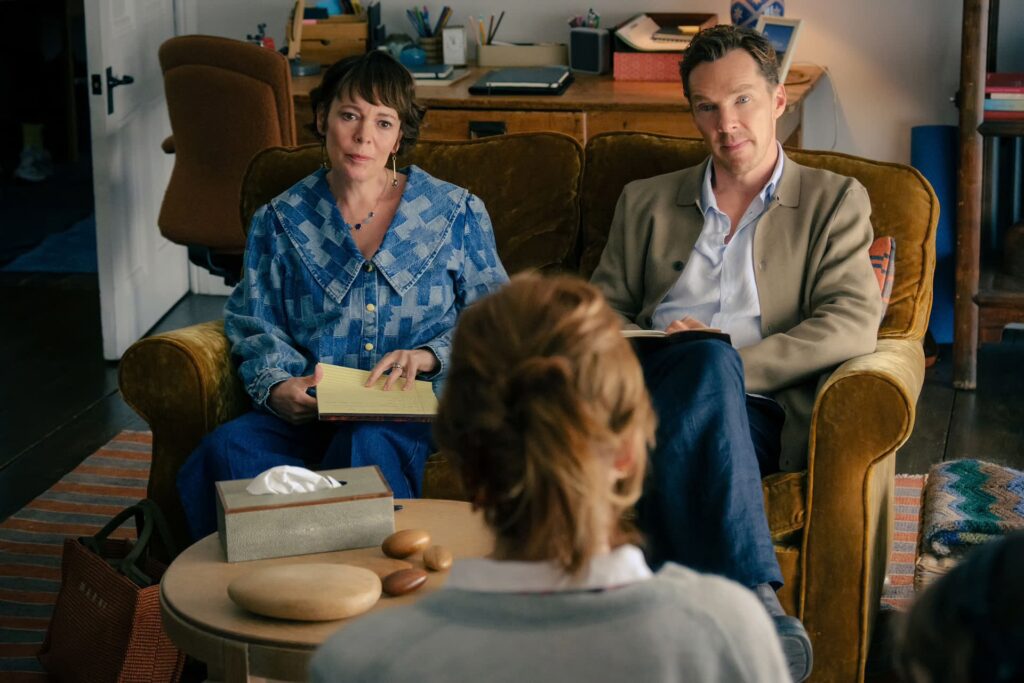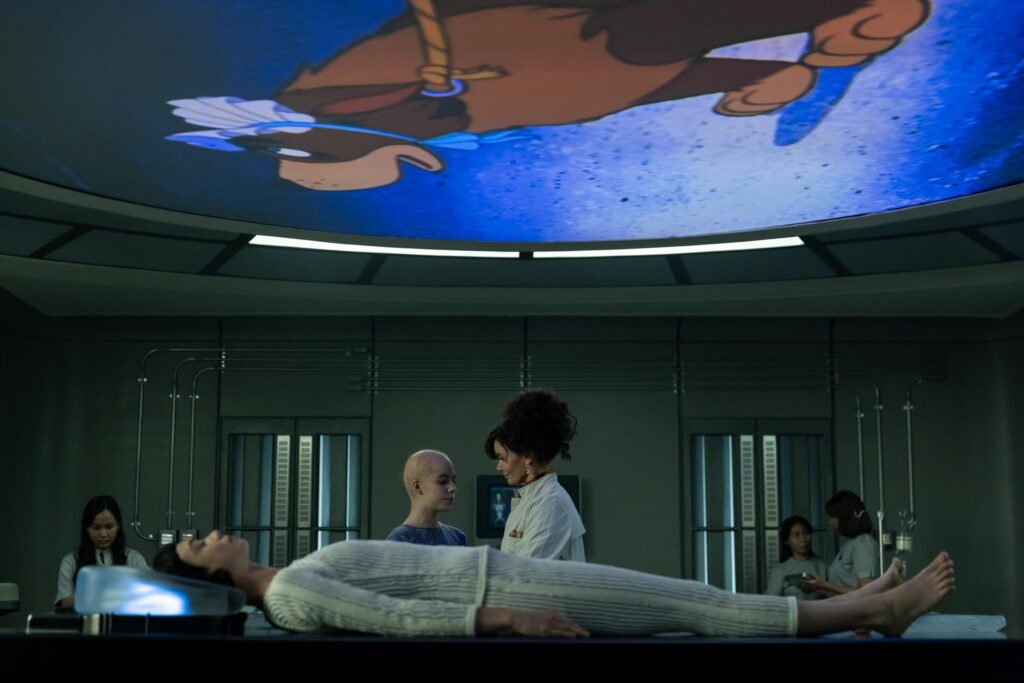Legacy sequels seem to be all the rage over the past decade. At their best, they can revive mainstream interests and function as a sustainable profit model for movie studios. At worst, they can derail the entire franchise and kill them for good. In the 23 years since the release of 28 Days Later, we’ve seen many legacy series rise and fall, and it’s completely within reason to be skeptical of a continuation of Danny Boyle’s seminal zombie movie many years later. Fortunately, 28 Years Later seems to lean more toward the former, presenting something meaningful to say rather than a quick cash grab.
With Boyle back at the director’s chair, it’s hard not to have some level of expectations going into the sequel. While the original movie has had a sequel in the form of 2007’s 28 Weeks Later, the latest entry marks the auteur director’s highly anticipated return to the series. In many ways, 28 Years Later takes huge swings narratively, subverting audience expectations by going into unexpected directions that often feels rewarding, even if it comes at the expense of alienating a specific group of audience.

28 Years Later is at its most interesting when it offers glimpses of its world. Steeped in mystery and intrigued, there’s something visceral and eerie in the way that the legacy sequel presents its setting. The infected are more messed up than ever, and this time they have company. By the end of the movie, one is likely to have more questions than answers, and that’s perhaps the best outcome a post-apocalyptic movie could hope for.
Visually, 28 Years Later makes many calls that are on many levels, strange. The movie is shot entirely on iPhone(s). While this sounds like an interesting concept on paper, the end result is a movie that looks inferior in comparison to its contemporaries. It’s perplexing why Boyle decided to go with this decision, considering that it isn’t entirely clear as to why the movie needed to be shot this way. Perhaps, it’s supposed to mirror the rough aesthetics of the original movie (28 Days Later was primarily shot with a Canon XL1 digital camera), but we’re just spitballing here.

With a stacked cast, it’s no surprise that the performances mark the highlight of the movie. Ralph Finnes and Jodie Comer both deliver incredible performances as Dr. Kelson and Isla respectively, but it’s Alfie Williams that delivers a startling performance that carries the emotional resonance of the movie. Navigating familial drama in a dystopian setting, 28 Years Later is relentless in exploring the humanity of Spike, resulting in a movie that’s surprisingly emotional especially when in contrast to its two predecessors.
In many way, 28 Years Later isn’t the sequel that many hoped for. But it doesn’t really matter. Despite some strange calls regarding its aesthetics and style, this dystopian zombie flick is as sincere as it is aggressive. Tense from beginning to end, 28 Years Later is a surprisingly emotional entry that marks a remarkable start to a new trilogy.

